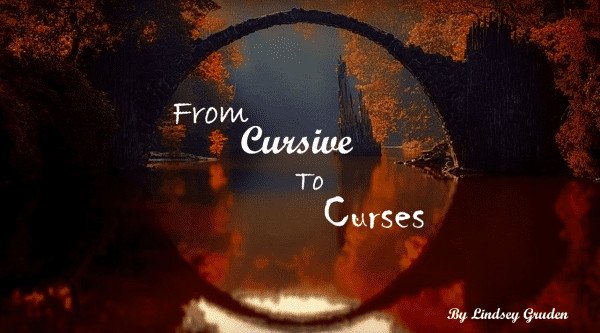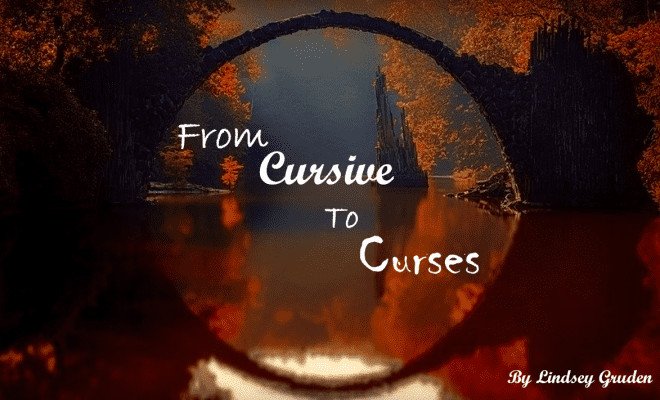The Cait Sidhe

Celtic Folklore
Myths and legends are oral traditions passed down through the generations. This oral lore is something humans and cultures across the globe have in common. Tales of gods and goddesses. Nature, seasons, and animals. Fae folk and the Tuatha de Danaan. Rich fables weaved with superstitions, the Otherworld, and veils. Stories shared around fires or while nestled in homes. The old ones live on through these legends. Myths stretched across millennia and often have some element of truth. Time has diluted these echoes of facts over telling, translation, and interpretation. Yet they still exist, and my fascination lies with the Celtic myths and magick of Scotland and Ireland, where belief in fae folk or sidhe was the most widespread and strongest.
One such belief comes in feline form.
The Cait Sidhe

Cait Sidhe
pronounced [Caht SHee]
Other spellings for these faerie cats are Cat Sith or Cat Si.
There’s more than one fable about this elusive faerie cat. Some accounts say they’re soul snatchers, others believe they’re not Fae but witches who can shapeshift into cat form, and others say they’re Sidhe (one of the faerie folk or the Fae). These feline faeries are enormous black cats with a white spot on their chest and their size matching that of a dog. The faerie cat is predominantly known in Scottish folklore but occurs in Irish lore too.
One belief is that the sizeable spectral cat haunted the Scottish Highlands in search of souls to steal. These souls were always of the dead awaiting burial. Interestingly, a Scottish tradition exists of sitting with the dead until burial, otherwise known as a wake. It was a common practice for quite some time in Scottish culture where someone would always stand guard over the dearly departed to protect them even through the night. Could this practice have its origins in the Cait Sidhe myth? I’m speculating here, but it’s fun to ponder.
Another tale unveils them as Sidhe, or faerie folk, and one of the many types of the Tuatha de Danaan (pronounced [tooehe da danen]). This myth tells us that the Cait Sidhe is part of the faerie world and resides on an island behind the veil in the Otherworld. On their island is a palace where the Cait Sidhe royalty lives, including the King or Queen. They can walk on two feet and come in many different colors, but the royal line is typically white. The cat faeries are tricksters and can be dangerous. They’re not the tinker bell-type with tiny wings that flitter around like fairytales have made the Sidhe or Fae out to be. Faerie creatures are far more dangerous in mythical reality. These feline look-a-likes can also speak our language.
Still, some believe the faerie cats are not sidhe at all but are familiars and/or witches who have the power to shapeshift into cat form. Should a Cait Sidhe bond with a witch, they have connected with a powerful ally. The other myth says they’re shape-shifting witches who have the power to sift into cat-form eight times in their lives. If the witch chooses to sift into cat form a ninth time, they remain a cat forever. This could be the origin of the old wives’ tale known as a “cat has nine lives.”
The Fae is a diverse group with many different types and fables to go along with them. They’re quite fascinating creatures whose stories have stood the test of time.











Excellent! I’ve always considered the cat faeries to be familiars to witches. For me, it suits them more. I love the unique speculations of other possibilities.
[…] https://coffeehousewriters.com/the-cait-sidhe/ […]